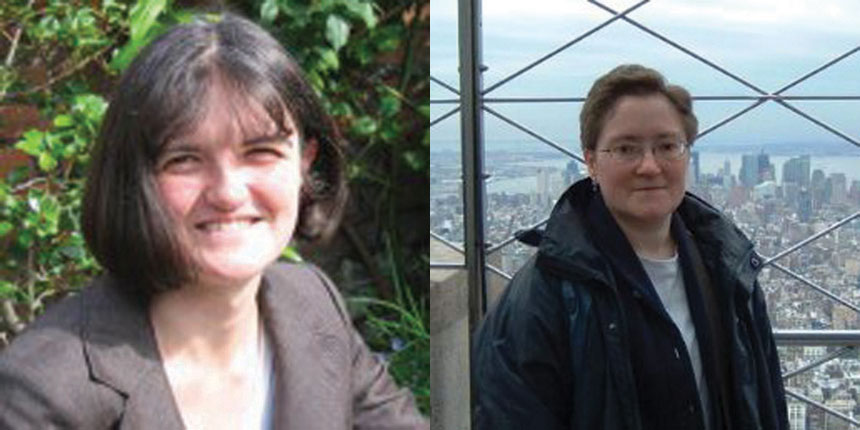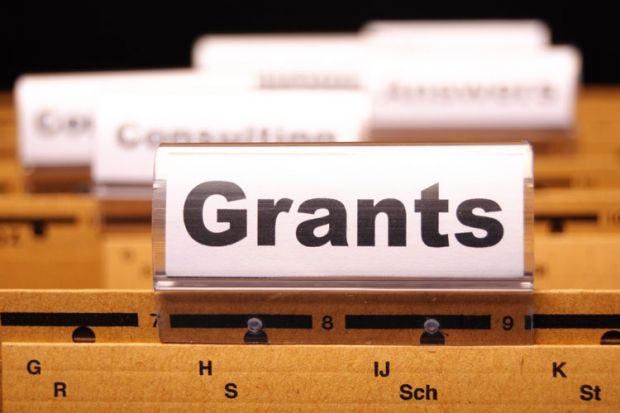Biotechnology and Biological Sciences Research Council
Research grants
- Award winner: Robert Poole
- Institution: University of Sheffield
- Value: £674,947
Novel antimicrobial agents for bacterial pathogens of livestock: light-activated CO-releasing molecules
- Award winner: Kislon Voitchovsky
- Institution: Durham University
- Value: £427,608
A new tool for quantifying the nanoscale dynamics of liquids at the interface with fluid biological membranes
- Award winner: Bonnie Wallace
- Institution: Birkbeck, University of London
- Value: £35,426
Biophysical studies of the structure/function of antimicrobial peptides and enzymes isolated from extremophile organisms
Leverhulme Trust
International Networks
Humanities
- Award winner: Alexandra Shepard
- Institution: University of Glasgow
- Value: £106,012
Producing change: gender and work in early modern Europe
Social sciences
- Award winner: Martha Mundy
- Institution: London School of Economics
- Value: £123,780
Agricultural transformation and agrarian questions in the Arab world
Arts and Humanities Research Council
Research grants
- Award winner: Anna Barker
- Institution: University of Bradford
- Value: £195,703
The future prospects of urban parks: the life, times and social order of Victorian public parks as places of social mixing
- Award winner: Peter Lamont
- Institution: University of Edinburgh
- Value: £23,529
Magical thinking: the history and theory of magic
- Award winner: Marion Schmid
- Institution: University of Edinburgh
- Value: £24,840
Film and the other arts: intermediality, medium specificity, creativity
- Award winner: Ian Russell
- Institution: University of Aberdeen
- Value: £35,375
Memory, music and movement: inspiring and facilitating innovative research in north Atlantic fiddle and dance studies
In detail
 Award winners: Philippa Hoskin (PI, left) and Elizabeth New
Award winners: Philippa Hoskin (PI, left) and Elizabeth New
Institutions: University of Lincoln and Aberystwyth University
Value: £626,679
Imprint: a forensic and historical investigation of fingerprints on medieval seals
This project, the first of its kind, will merge cutting-edge forensic techniques with traditional, historical investigation to analyse finger- and palm prints found on the back of medieval wax seals. A total of 1,500 seals from Westminster Abbey, the cathedrals of Lincoln, Exeter and Hereford and the National Library of Wales will be explored and logged on an online database. The research hopes to reveal more about medieval social networks and the bureaucracies and protocols behind authentication and security in medieval England. It will also contribute important information to current debates in forensics, such as fingerprints’ uniqueness. Through comparisons of fingerprints in different demographics from medieval and modern society, statistical information can be gleaned, which can be built into data regarding the likelihood ratios of finding the same prints on two different people to help advance fingermark identification as a science.
Register to continue
Why register?
- Registration is free and only takes a moment
- Once registered, you can read 3 articles a month
- Sign up for our newsletter
Subscribe
Or subscribe for unlimited access to:
- Unlimited access to news, views, insights & reviews
- Digital editions
- Digital access to THE’s university and college rankings analysis
Already registered or a current subscriber? Login
